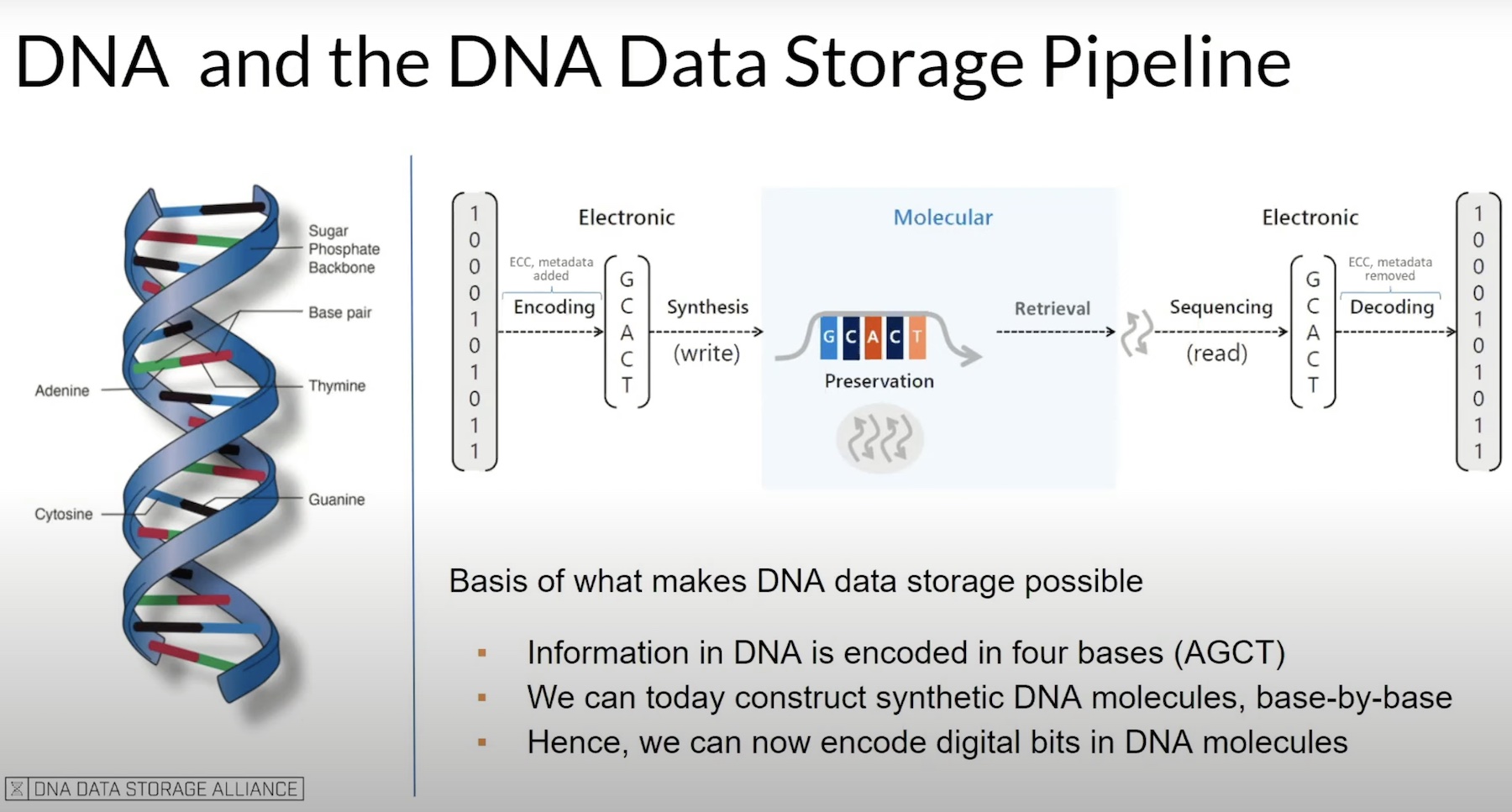This post is the first in a series covering the DroboElite SMB storage device from Data Robotics Inc.
The DroboElite is the most fully featured storage array in the Data Robotics range of devices. Regular readers will know I’ve posted frequently on these devices, from the first Drobo “Classic” to the DroboPro, both of which I own and have purchased myself. Data Robotics have kindly loaned me a DroboElite for this series of posts. As you will see, the top of the range model offers all the features the other models provide, plus the benefits of multi-user support.
Background
The original Data Robotics storage device was what is now referred to as the Drobo “Classic”. This was a 4-bay storage device, connecting to a single host PC/server using USB or Firewire and later eSATA. This model evolved into the Drobo S and was complemented with the 8-bay DroboPro. Finally, the DroboElite was released in November 2009, using the same form factor as the ‘Pro but with additional connectivity and features. Although the ‘Pro and ‘Elite models shared the same look and feel, they are actually different products and so there’s no upgrade process to remove drives from the ‘Pro and install into an ‘Elite shell.
Physical
The DroboElite is an 8-bay device, accommodating standard 3.5″ SATA form factor drives. The drives are inserted vertically (rather than horizontally in the 4-bay models), with drive’s top side pointing to the right. No caddy or additional support is required. From the front, there’s nothing to separate the ‘Pro and the ‘Elite as they look identical. In fact, the removable magnetic front bezel only says “Drobo” and has no other distinguishing markings. One thought worth considering for the future is providing a method of identifying multiple Drobo’s that have been installed into a rack or cabinet. The drive lights can be flashed on and off but this only lasts for a few seconds and wouldn’t help an engineer who’s alone in a data centre or machine room. This is a particularly important point as the ‘Elite is a multi-user device and so aimed at SMBs with machine rooms and rack-based equipment (a rack mount kit is available).
Turning to the back of the ‘Elite, we start to see the differences with previous models. The major one here is the presence of two Ethernet ports, providing network redundancy and multi-pathing support for iSCSI. The power supply is still built in (and not removable), plus there’s a power switch and a USB connector — that it. I’m undecided as to whether an integrated PSU is a good or a bad thing and I flip back and forth between internal/external and multiple supplies each time I think about it. On reflection, the consideration here should be that the Drobo is not a “high availability” storage array in the modular or enterprise class. It doesn’t support mulitple controllers or other features like mirrored cache, so in reality, multiple power supplies is probably over-configuration. Obviously dual Ethernet connections is essential in a device that will support multiple hosts; this feature provides redundancy from failures in network equipment or more likely, enables maintenance to be performed on the network infrastructure without impacting the storage.
The addition of a power switch is a positive move (and essential as the power supply is now integrated). Personally I’d have preferred the power switch to be mounted behind the magnetic bezel on the front of the unit. This would mean once plumbed in, the ‘Elite (and ‘Pro for that matter) would be managed purely from the front, for disk insertions/removals.
I’ve one final comment on the physical aspects of the ‘Elite and that covers the insertion and removal of drives. I never like removing spinning active drives and unfortunately there’s still no way to either mark a drive for removal or spin it down. The unique BeyondRAID feature of the Drobo series means that any drive can be removed from a unit and the device ’self heals’ to compensate for the loss of capacity, rebalancing blocks of data redundantly across the remaining drives. Of course drive removal doesn’t have to be done after a failure; the whole benefit of the Drobos is the capacity increase functionality (I frequently swap drives in/out as part of testing). I’d therefore like to be able to spin down or at least highlight a drive I intended to pull, via software, before I physically pull it. It gives me more confidence that I’ve pulled the correct drive when managing multiple units.
Additional specifications can be found here: http://www.drobo.com/pdf/droboelite-datasheet.pdf
In the next post, I’ll look at connectivity protocol support.






